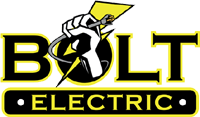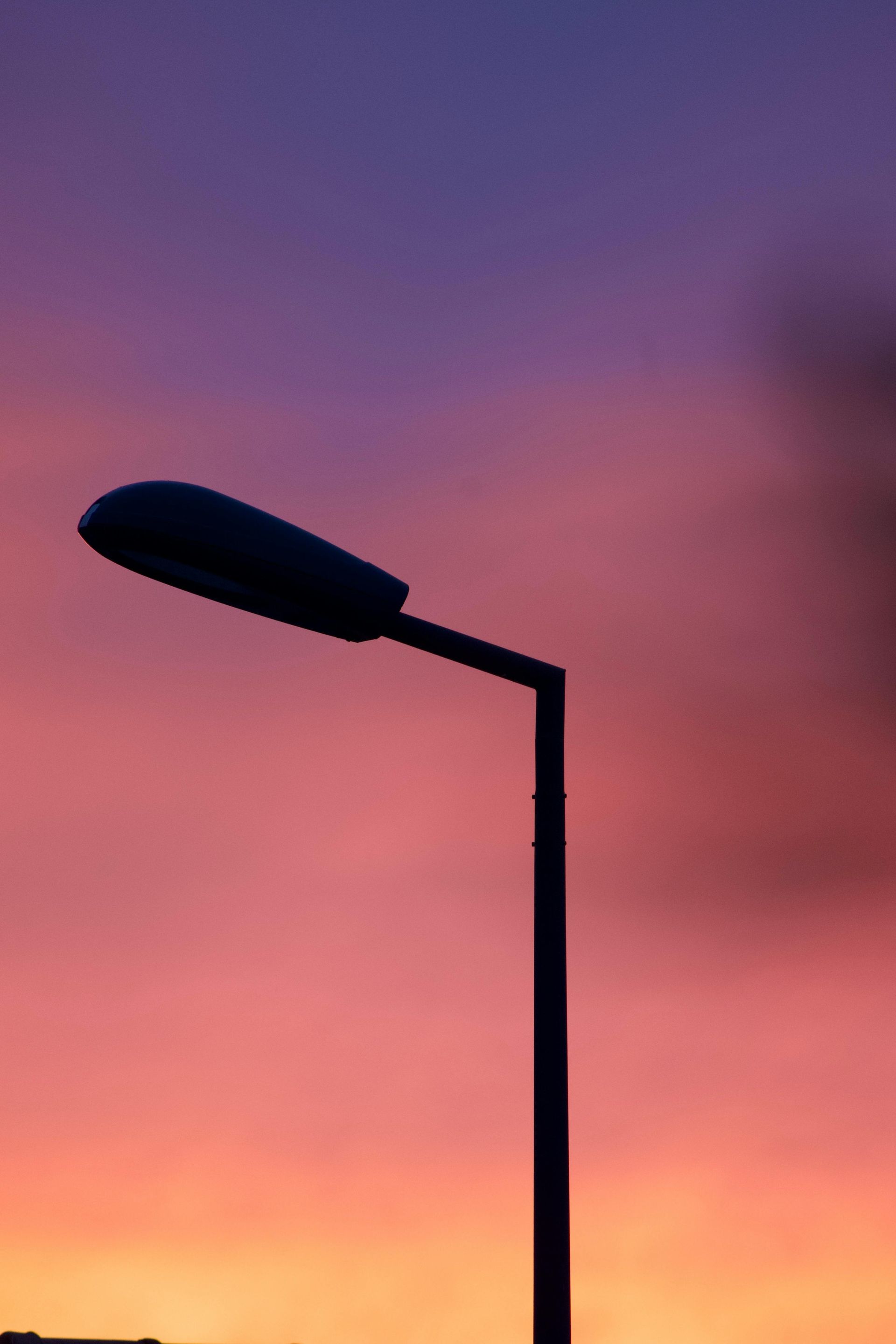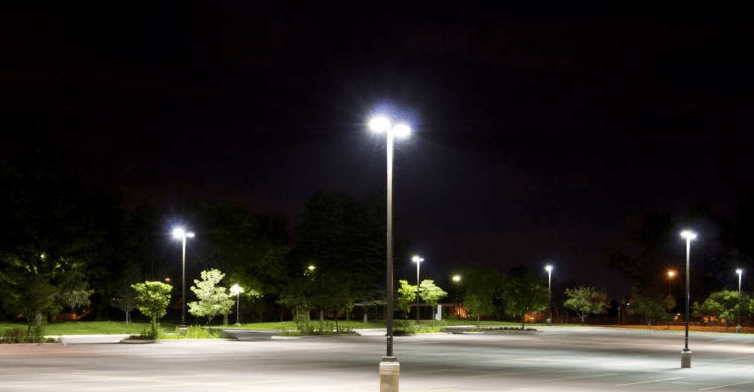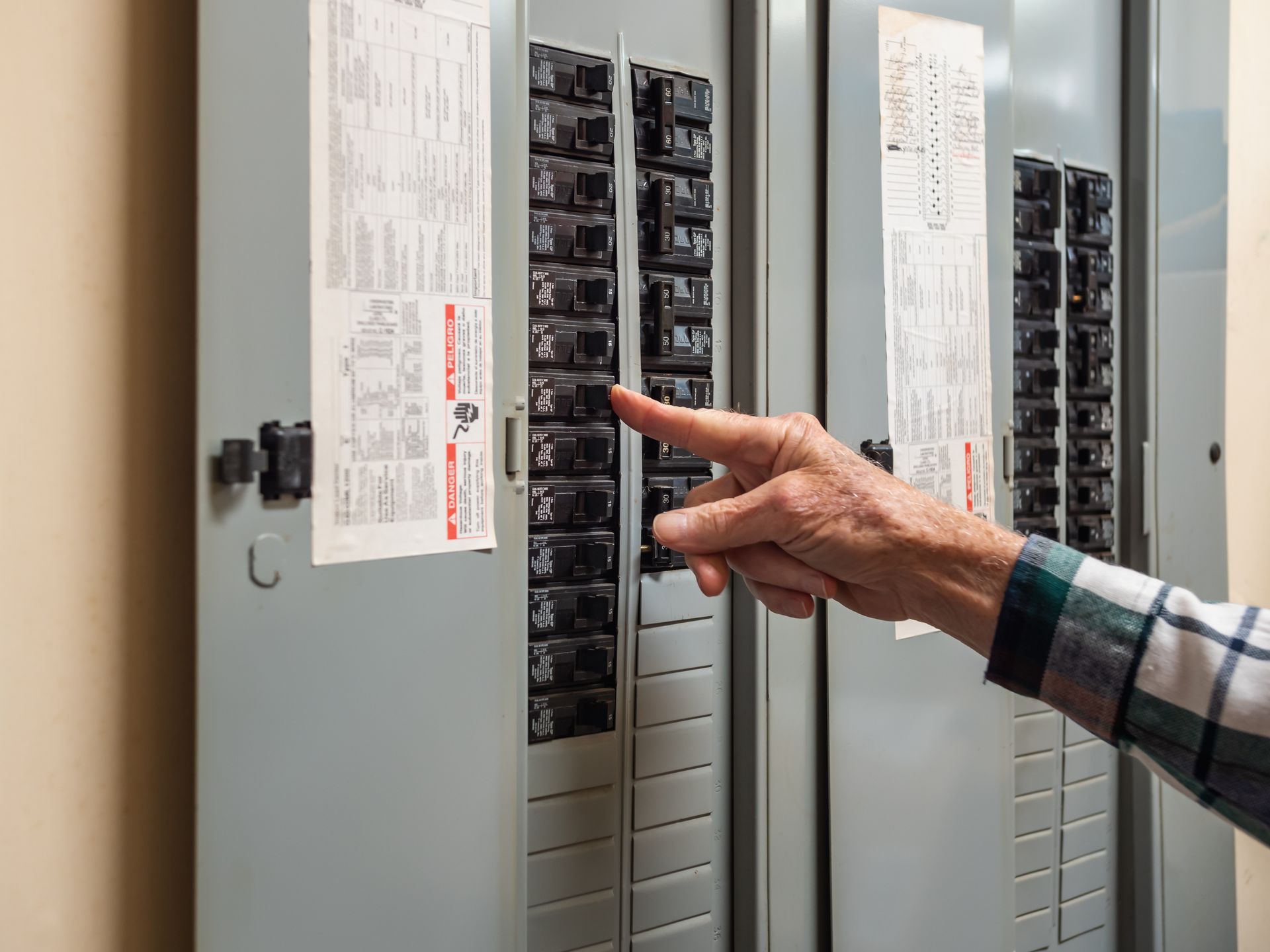Outlets/ Receptacles. The more you know...
Let's explore the different types of Outlets/ Receptacles

We here at Bolt Electric receive many calls from our customers regarding electrical outlet/ receptacle issues. There are some folks who simply need them repaired, others need new outlets/ receptacles installed, and occasionally some outlets/ receptacles require grounding.
There are many different types of outlets or receptacles in any Residential or Commercial setting.
For instance, the electrical outlets in your Kitchen or Bathrooms should differ from the outlets in your Living Room,
as well as those higher rated outlets, such as Dryer outlets or Car Charging Outlets.
The reason being, each kind of electrical outlet has a unique purpose; with some being a tad more up-to-date than others.
Let’s look at the different types of electrical outlets to consider:
1. The 2-Prong Outlet:
These outlets are typically 15 amp, 125 volts. They are only used with ungrounded circuits. Homes of today no longer use these type of outlets because of the coding requirements and safety concerns. However, you can still find these outlets in older homes.
2. The 3-Prong Outlet:
These outlets are most common in today’s homes, whether new or upgraded, and similar to 2-prong outlets, the 3-prong outlet is also 15 amp, 125 volts. These outlets are much safer than the 2-prong outlets mentioned above. The added safety comes from the third slot, which grounds the outlet. This grounding works to prevent electrical shock from any loose wires, by sending any unwanted current into the ground, hence the term grounding.
3. The GFCI Style Outlet:
The Ground Fault Circuit Interrupter (or GFCI) outlets are required in any wet areas of the residence. You would find these outlets in bathrooms, kitchens, laundry areas, outdoors, or any other area potentially near water. This is because the outlet itself will trip, cutting off power to any equipment, if there is any water contamination or electrical surge. These outlets are easily recognizable by their “TEST” and “RESET” buttons on the face of the outlet.
4. The Switch/Outlet Combination:
If you’re looking for multi-functional situation for both a switch and an outlet, a switch/outlet combo is a good solution. Without having to re-wire the outlet/ switch or install a new electrical box, a combination outlet/ switch; lets you have both in a single unit. These are a ideal when you need to keep outlets at a distance from pets or small children.
5. The 20 Amp, 125 Volt Outlet:
There are some appliances that will require more power than others, or perhaps even a dedicated circuit. This is where 20 Amp, 125-volt outlets will prove useful. You can tell these outlets apart from other 3-prong outlets by the small horizontal slot on the top (left) vertical slot; on the outlet. These type of outlets are often used with large electrical appliances; and are specified by the current electrical code.
6. The 20 Amp, 250 Volt Outlet:
When you require a lot of power, you would look to the 20 amp, 250-volt outlet. These particular outlets are less common in homes, but necessary for high voltage appliances like air conditioners, kilns or air compressors. You’ll want to make sure you have the proper dedicated circuit before installing them. Also, you should ALWAYS make certain what; if any specifications exist for your appliance before plugging it in. Some appliances believe it or not require an even stronger 30 Amp outlet. If you’re not sure, always check with an electrician.
7. The newer USB style Outlet:
USB Outlets are in high demand today, what with home schooling and home offices being set in place. And with the numerous devices requiring charging these days; we often find ourselves unplugging smaller appliances to charge our phones or tablets. We can avoid those pesky issues by having new USB outlets installed. Instead of the traditional pronged outlets, USB outlets provide several USB ports to be able to charge your devices without need of a block, as they plug into the USB port instead.
8. The newer Recessed Outlet:
If you’ve ever had to plug in behind your furniture, you know the pain of the wall gap! Having an Electrician install recessed outlets will indeed fix this problem. Recessed outlets are a bit new to homes of today, and are recessed back into the wall. This completely removes the gap between the wall and furniture and allows you to alleviate the need to accommodate that extra 2 – 3 inches of unused space behind your furniture.
9. The Tamper Resistant Outlet:
Tamper-resistant outlets, otherwise known as tamper-resistant receptacles (TRR’s) have been required by electrical code since 2008. These outlets are some of the safest style of outlets; due to the internal shutters or bars; that block foreign objects from being placed into the outlet. Installing TRRs aides in preventing small children from getting shocked when tampering with these outlet/ receptacles.
You always want to make certain your outlets meet the current electrical codes to keep our homes safe.
That means that you should have the above listed 3-Prong outlets throughout your home and GFCI outlets near all water sourced areas as well.
The several other Outlets mentioned above really come down to more preference than necessity, and as also mentioned,
you will want to check your appliances to make sure you’re using the proper voltage.
Before attempting to replace or upgrading your current outlets, please remember that electrical work in any capacity can be dangerous,
and any electrical repairs should always be performed by an experienced and licensed electrician.
At Bolt Electric, our knowledgeable electricians can assist with repairs, as well as installations of many of the different styles
of outlets in both Residential as well as Commercial settings. As you might guess, some styles of outlets will require a bit more time and investment, but are well worth looking into for both safety purposes as well as performance.
We look forward to working with you!
Bolt Electric
13106 Lookout Way
San Antonio, Texas 78233
(210) 545-BOLT (2658)
www.boltelectricsa.com














